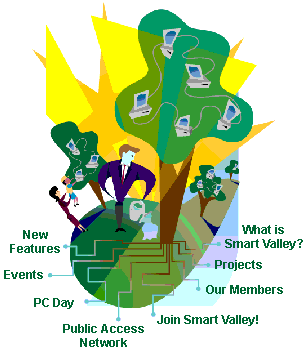
PEN America is a 501(c)(3) organization based in the USA. Founded in 1922, PEN America works to ensure that people everywhere have the freedom to create literature, to convey information and ideas, to express their views, and to access the views, ideas, and literature of others. Its members are a nationwide community of more than 7,200 novelists, journalists, nonfiction writers, editors, poets, essayists, playwrights, publishers, translators, agents, and other writing professionals, as well as devoted readers and supporters who join with them to carry out PEN America’s mission.
Writers and journalists, particularly women, are facing unprecedented levels of online hate and harassment. PEN America has created an Online Harassment Field Manual that has strategies and resources that writers and journalists, their allies and their employers can use to defend against cyber hate & online abuse. I have found it very helpful.
Manual chapters include:
- Prepare for Online Harassment – Tactics, tips, and guidelines for protecting your online presence and accounts
- Respond to Online Harassment – Strategies for response, including assessing threats, navigating social media and email, deploying cyber communities, and practicing counterspeech
- Practicing Self-Care – Advice for practicing self-care and maintaining community during online harassment
- Legal Considerations – What to expect when turning to law enforcement during online harassment
- Requesting and Providing Support – How-to guides and helpful information for targeted writers, their allies, and their employers
- Learn More about Online Harassment – What is online harassment, what forms does it take, and why is it a free expression issue?
I highly recommend this manual. Read it even if you are not being insulted or harassed online. Even if you don’t think you will ever be thus targeted, even if you think being insulted or harassed online wouldn’t bother you, even if you don’t have any public social media activities (you aren’t on Facebook, you don’t blog, etc.), but you do produce content in some way, or you oversee staff or have co-workers that produce online content, you need to read this.
On a related note: there’s also this resource from the Women’s Media Center: Online Abuse 101. It’s a primer on targeted online harassment. “The purpose of harassment differs with every incidence, but usually includes wanting to embarrass, humiliate, scare, threaten, silence, extort or, in some instances, encourages mob attacks or malevolent engagements… Online harassment can be a steep tax on women’s freedom of speech, civic life, and democracy.”
And if you haven’t in a while, check-in with whoever manages your social media and make sure they are okay. Ask them what sort of negative comments get thrown their way. They need to know that senior management supports them.
Also see:
- How to Handle Online Criticism / Conflict
- Haters gonna hate
- Tearing down women who dare to lead
- The dark side of the Internet for mission-based organizations
- Virtue & reputation in the developing world
- Have I offended?

If you have benefited from this blog or other parts of my web site and would like to support the time that went into researching information, developing material, preparing articles, updating pages, etc. (I receive no funding for this work), here is how you can help.

 So much of what the press and bloggers herald now as pioneering or disruptive on the Internet isn’t at all. In 1995, I was talking online with friends, old and new, in all the ways I do now, with the exception of live video: we were writing messages in real-time and messages posted somewhere to read later. We were making and sharing audios and videos. We were creating communities. We were using online tools to train, to learn, to change minds, to promote ideas and to research. The names of the tools have changed, and they have all definitely gotten more sophisticated, but rarely do I read an article about something new online and find that, in fact, it really is something new, innovative, or disruptive.
Many tech pioneers and early tech history have been forgotten, and web sites that detailed these efforts are gone, sometimes not even available on the
So much of what the press and bloggers herald now as pioneering or disruptive on the Internet isn’t at all. In 1995, I was talking online with friends, old and new, in all the ways I do now, with the exception of live video: we were writing messages in real-time and messages posted somewhere to read later. We were making and sharing audios and videos. We were creating communities. We were using online tools to train, to learn, to change minds, to promote ideas and to research. The names of the tools have changed, and they have all definitely gotten more sophisticated, but rarely do I read an article about something new online and find that, in fact, it really is something new, innovative, or disruptive.
Many tech pioneers and early tech history have been forgotten, and web sites that detailed these efforts are gone, sometimes not even available on the 



 The Internet hasn’t changed much since its invention more than 30 years ago. Not really.
The Internet hasn’t changed much since its invention more than 30 years ago. Not really.